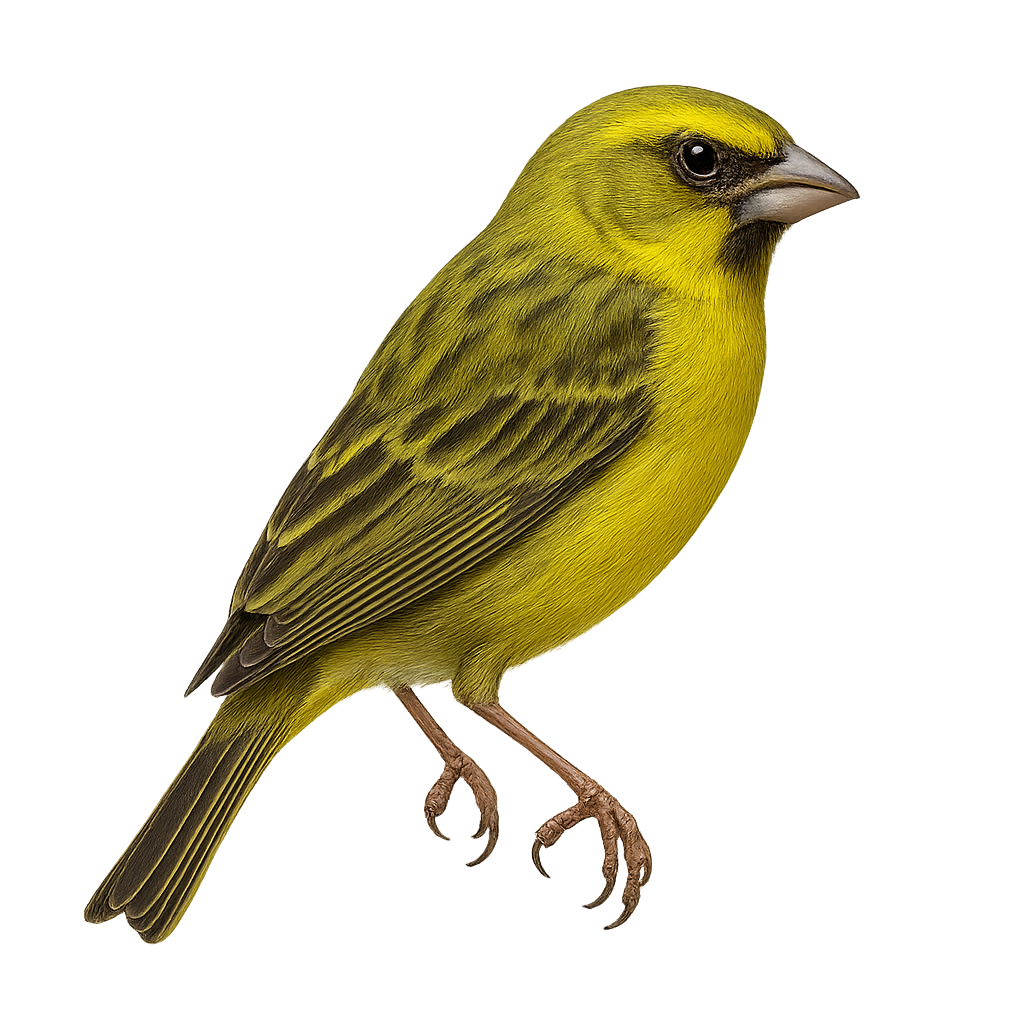Your wildlife photography guide.
Explore the african citril in detail, study its behavior, prepare your shots.
Where to observe and photograph the african citril in the wild
Learn where and when to spot the african citril in the wild, how to identify the species based on distinctive features, and what natural environments it inhabits. The WildlifePhotographer app offers tailored photography tips that reflect the african citril’s behavior, helping you capture better wildlife images. Explore the full species profile for key information including description, habitat, active periods, and approach techniques.
African Citril
Scientific name: Crithagra citrinelloides

IUCN Status: Least Concern
Family: FRINGILLIDAE
Group: Birds
Sensitivity to human approach: Suspicious
Minimum approach distance: 10 m
Courtship display: July to August
Incubation: 12-14 jours
Hatchings: July to September
Habitat:
woodlands, savannas, gardens
Activity period :
Primarily active during the day, with peak activity in the morning and late afternoon.
Identification and description:
The African Citril, or Crithagra citrinelloides, is a small songbird belonging to the Fringillidae family. It is characterized by its bright yellow plumage, especially vivid on the forehead and chest, contrasting with darker wings and tail. This passerine is mainly found in East Africa, where it inhabits woodlands, savannas, and gardens. Its melodious song is often heard at dawn and dusk. The African Citril is a sociable bird, often seen in small groups. It primarily feeds on seeds but can also consume insects. Its adaptability to various habitats makes it a resilient species, although some populations may be affected by deforestation.
Recommended lens:
400 mm – adjust based on distance, desired framing (portrait or habitat), and approach conditions.
Photography tips:
To photograph the African Citril, it's advisable to use a 400mm lens or longer to capture precise details without disturbing the bird. Look for it early in the morning or late in the afternoon when the light is soft and the citril is most active. Be patient and discreet, maintaining a distance of at least 10 m to avoid scaring it away. Use a tripod to stabilize your camera for sharp images. Take advantage of its natural habitat, such as woodlands and savannas, to add depth and context to your photos.
The WildlifePhotographer App is coming soon!
Be the first to explore the best nature spots, track rutting seasons, log your observations, and observe more wildlife.
Already 1 449 wildlife lovers subscribed worldwide

